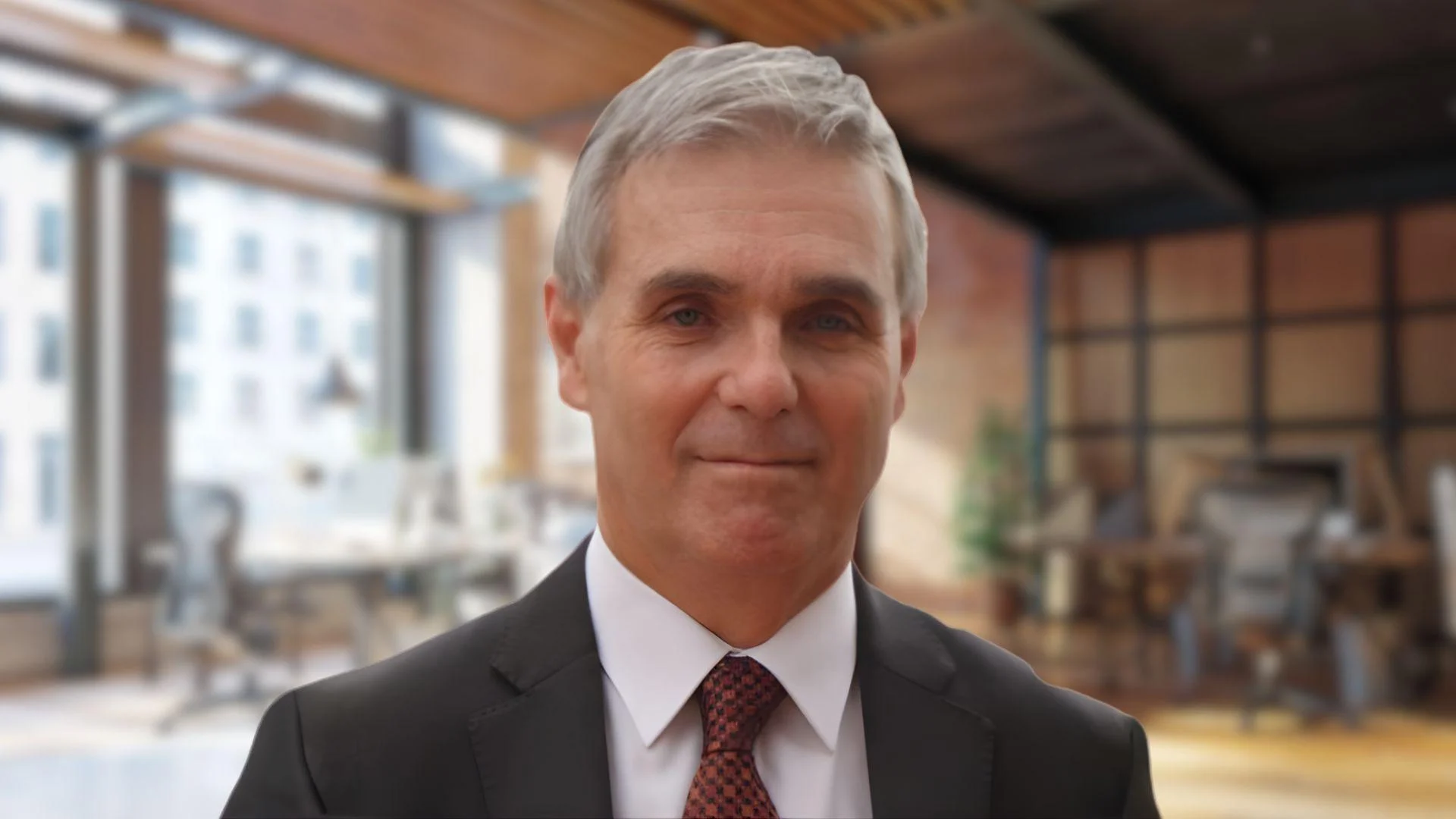Restoration began in 2015, aiming to preserve Saarinen's vision while adapting it for hotel use. The result offers an immersive experience celebrating aviation's golden age. "According to TWA Hotel's official website," original features like the winged roof were preserved during restoration.
Today, beyond architecture, the hotel serves as a living museum of mid-century design and aviation history. Guests can explore period-specific details while enjoying amenities that honor its original spirit.
TWA played a significant role in commercial aviation since its establishment in 1930 through a merger. Howard Hughes became a pivotal figure in 1939, expanding its global reach until he lost control in the early 1960s. Despite financial struggles leading to American Airlines' acquisition in 2001, TWA left a lasting legacy.
The hotel's rebirth combines past and present seamlessly. Its rooms offer views of JFK’s runways with soundproofing technology ensuring tranquility despite proximity to airport activity.
Dining options include Paris Cafe by Jean-Georges located where passengers once dined in the '60s. Vintage-inspired lounges enhance nostalgic charm alongside seasonal outdoor food markets.
A unique feature is its rooftop infinity pool overlooking JFK runways—a must-visit spot offering year-round heated swimming with spectacular views.
The TWA Hotel also hosts events within restored spaces showcasing Jet Age artifacts. "According to TWA Hotel's story page," visitors can explore vintage uniforms and memorabilia within interactive displays celebrating aviation history.
Overall, this blend of history and modern luxury makes it not just accommodation but an attraction itself for travelers or locals alike seeking unique experiences rooted deeply within aviation heritage.
 Alerts Sign-up
Alerts Sign-up




































